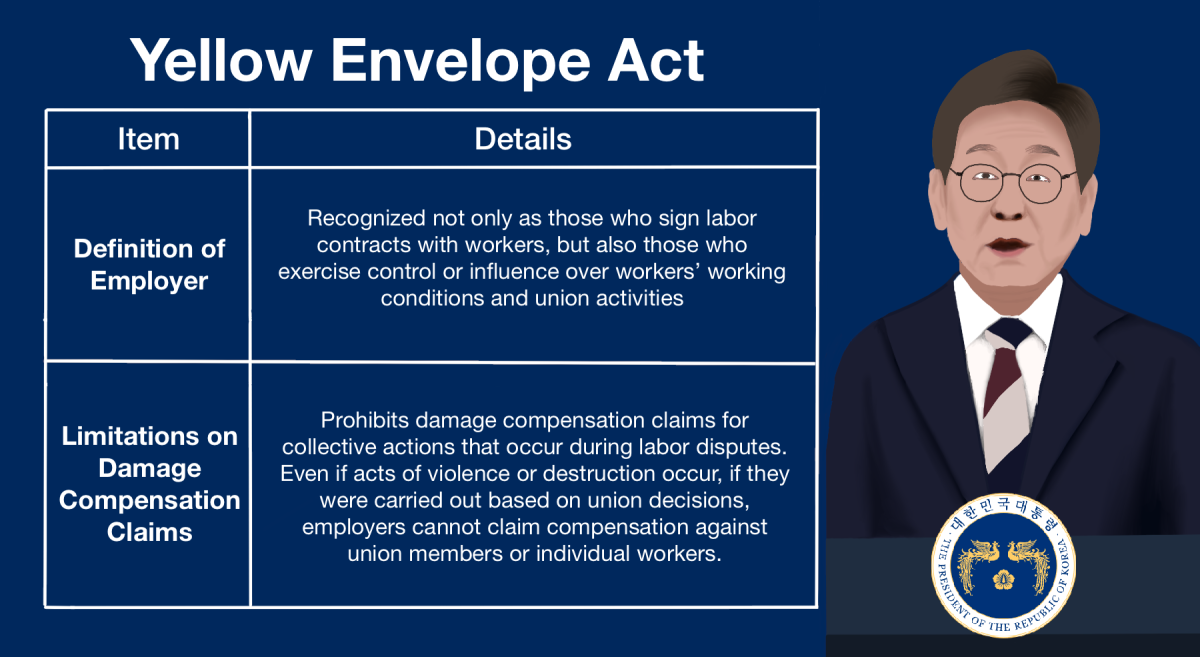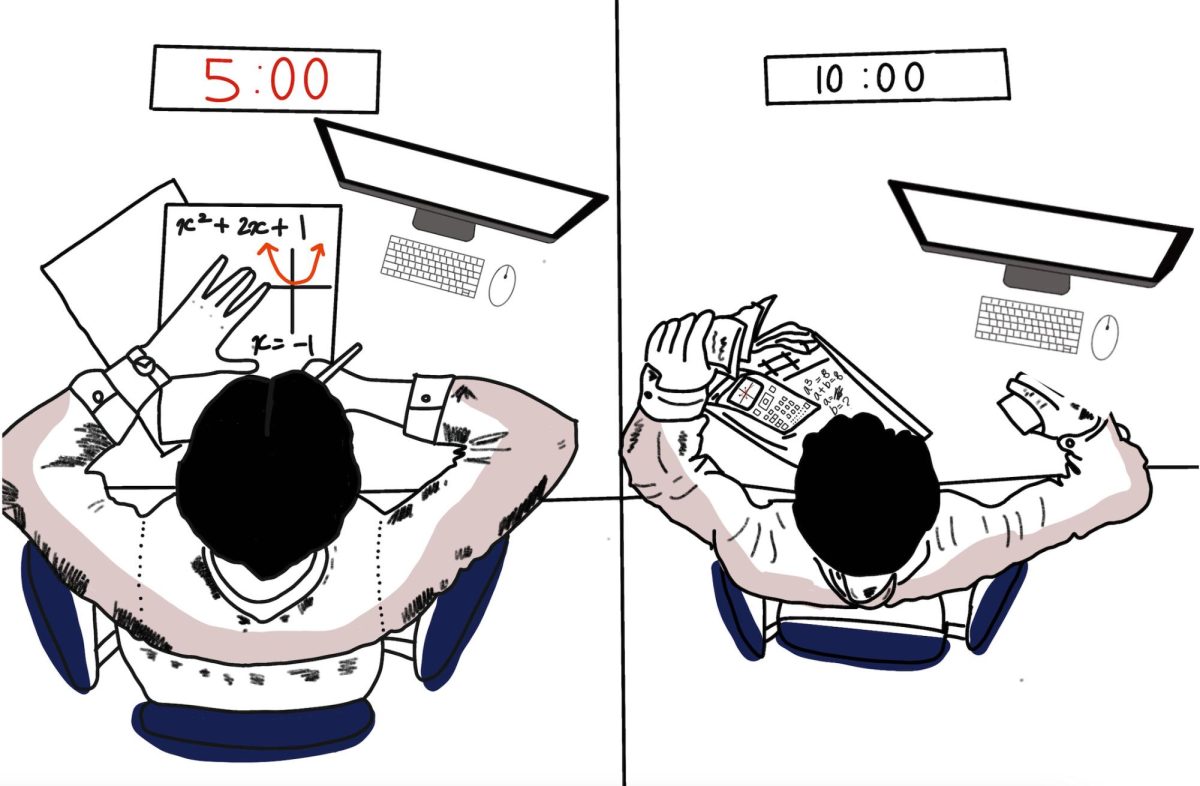As standardized testing transitioned from a paper to a digital platform, College Board introduced a new addition to the test zone. Desmos, an online graphing calculator, became available for use on the SAT and on certain AP exams. While some students take the adjustment as a win for educational equity and modernization, others fear that it may weaken test takers’ foundational math skills.
Desmos includes functions such as graphing complex linear, quadratic, polynomial, rational, exponential, logarithmic, and trigonometric functions. For example, students can utilize the table function to solve complex function questions rather than solve them by hand.
College Board opened the built-in Calculator to the following AP subjects: AP Biology; Calculus AB; Calculus BC; Chemistry; Environmental science; Macroeconomics; Microeconomics; Physics 1 and 2; Physics C Electricity & Magnetism and Mechanics; and Precalculus. They also made it available for the entire SAT math section.
Advocates argue that Desmos levels the playing field for students without access to expensive graphing calculators. High school math teacher Mr. Coleman said, “I love it. I’m not sure exactly what it looks like, as they haven’t provided the teachers with any examples, but I love that there’s more consistency between the SATs and AP testing and just all standardized testing in general.”
Students shared their support for the new implementation of the calculator. “People with good calculators can do more than, what Desmos is providing them right now and it’s honestly unfair, especially those people who cannot afford this expensive calculator and students believed that with digital SAT College Board is trying to make things fairer especially after they’ve seen schools making the SAT non-mandatory,” senior Lewis Kim said.
Nevertheless, disparities exist between the functions of TI-Nspire and the Desmos graphing calculator. “Mostly it’s the same but Desmos is much easier for people to graph… TI-Nspire has a solve function that can solve polynomials’ different sets of equations, systems of equations So when you solve systems of equations but Desmos does not have it,” Kim said.

On the other hand, middle and high math teacher Ms. Wang shared her opposition to the adjustment. “I think it has pros and cons depending on the subject. For some subjects that require students to show their skills of how to graph the functions I think, because especially since I teach Algebra 2 and we do a lot of graphing I want to see with my eyes if they can graph something on the paper. The purpose of having that question is to assess the student’s ability to graph,” Ms. Wang said.
Students expressed their concerns about the potential rise in the difficulty level of questions. “There’s also the fact that the addition of Desmos might allow other students to more easily solve calculation questions which could lead to score inflation. If Desmos is added, the questions are gonna get harder, so the part that I dislike the most is that the questions are gonna get harder, harder and negatively affect me,” sophomore Aiden Huh said.
With ongoing remarks, this debate seems unlikely to subside anytime soon. Though only time will tell whether the shift will revolutionize AP problem-solving or overshadow students’ core understanding, College Board continues to transform for an improved testing approach.























































Brian Kim • Nov 26, 2024 at 6:29 pm
Desmos…ahhhh
Miles • Nov 26, 2024 at 6:27 pm
I also like Desmos,
Love the graphing caculator
Sola • Nov 22, 2024 at 9:54 am
Loveeee Desmos. Helped me in Calc and SAT so many times